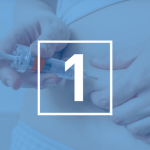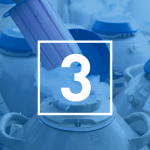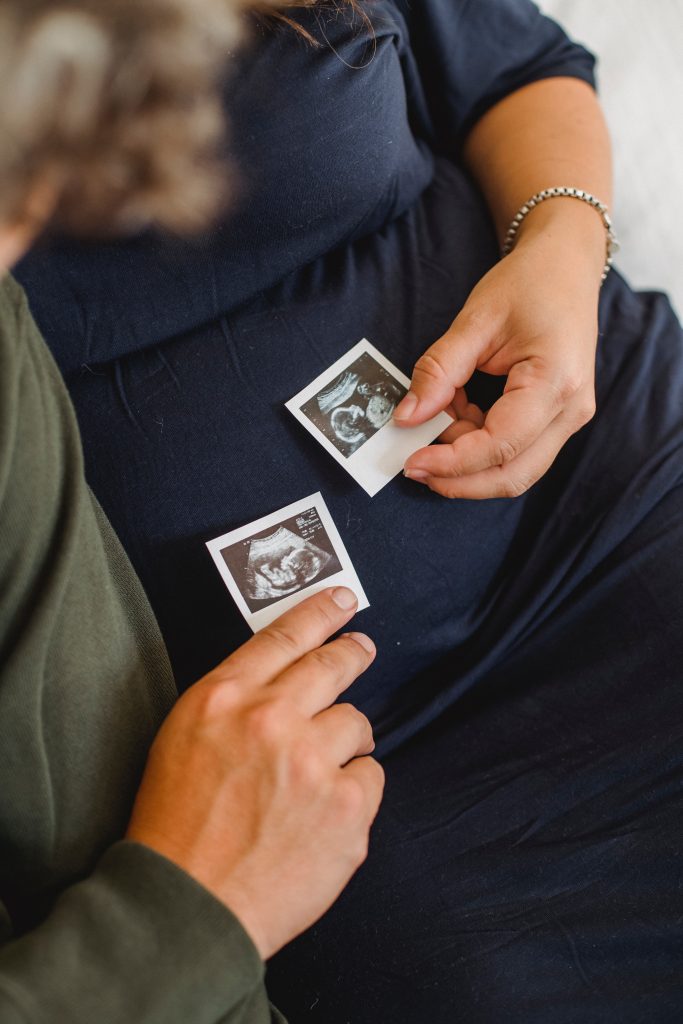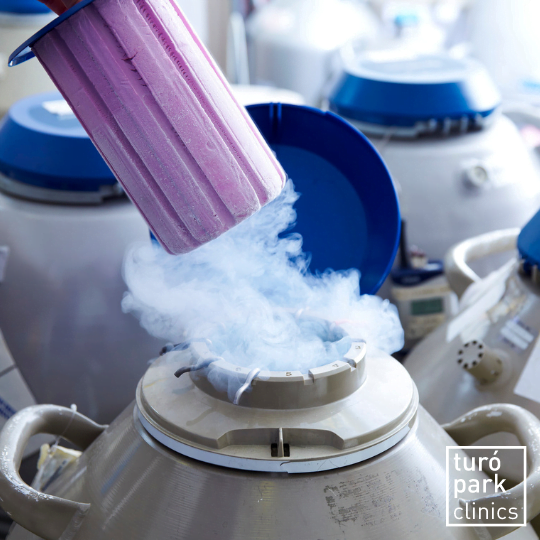Are you looking for a Barcelona-based clinic to perform an Oocyte Vitrification?
This treatment is not currently available at our centre.
Oocyte Vitrification is one of the techniques used in preserving a woman’s fertility therefore allowing reproductive capacity to be postponed until the time is right. With the vitrification process, preserved oocytes have the same viability as they did at the time of freezing.
This technique was initially proposed as an option for the preservation of fertility in those women who saw their ovarian reserve compromised in oncological treatments or ovarian surgeries but it's also used in the context of IVF, because after ovarian stimulation, the excess oocytes are immediately stored and intended for a future use in case of failure.
Nowadays, there's an increasing demand for Oocyte Vitrification by women who decide postpone your motherhood and having children later but with the guarantee of eggs that correspond to the ideal age.
If you are interested in this technique, do not hesitate to make an appointment with our fertility gynaecologist.
When to consider egg cryopreservation?
Egg freezing might be an option if you're not ready to become pregnant now but want to try to make sure you can get pregnant later.
Since pregnancy rates are largely effected by the age of the female’s eggs, freezing them at a younger age may help preserve a woman’s ability to reproduce at a more desirable time.
What are the steps of Oocyte vitrification?

Step 1: Ovarian stimulation
Ovarian stimulation consists of administering hormones by subcutaneous injection to obtain more eggs. The entire process is monitored by ultrasound, for which we will be available seven days a week. Depending on the type of protocol used and the rapid response of the ovary, the duration of this process will vary between 10 and 12 days.

Step 2: Egg retrieval
This procedure consists of the aspiration of the mature oocytes using ultrasound guidance and administrating a gentle sedation to the patient so that she does not feel any type of discomfort. This minor procedure usually takes about 15 minutes.

Step 3: Oocyte vitrification
This is a cellular solidification process done at low temperatures (-196ºC). The temperatures are reached very quickly to prevent the formation of crystals. Once vitrified the ovules are stored inside straws by means of a closed system that prevents their contact with the liquid nitrogen in which they are immersed in for their conservation, thus ensuring the highest safety conditions.
We care for Women.
Our specialists offer obstetrics and gynecologic care for women through all phases of life, from your pre-teen years to post-menopausal years.

How effective is vitrification?
Today, vitrification of oocytes can result in >90 % survival rate, with fertilization (>75 %) and pregnancy rates (32–65 % per embryo transfer) similar to fresh oocytes.
The pregnancy rates achieved are the same as those obtained by using fresh oocytes in an in-vitro fertilization cycle, which will fundamentally depend on the age of the woman at the time of vitrification.
How do you know which treatment is best for you?
If you do not know which treatment is best suited to your situation, we invite you to make an appointment for an online consultation or a face-to-face consultation with our assisted reproduction specialist.

